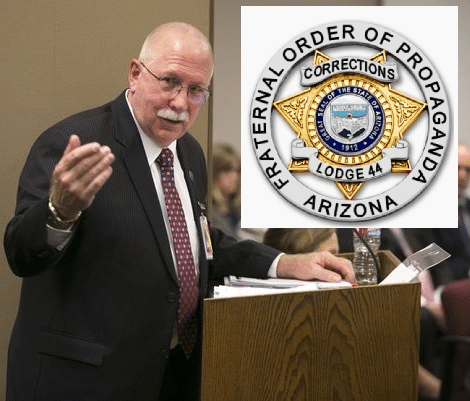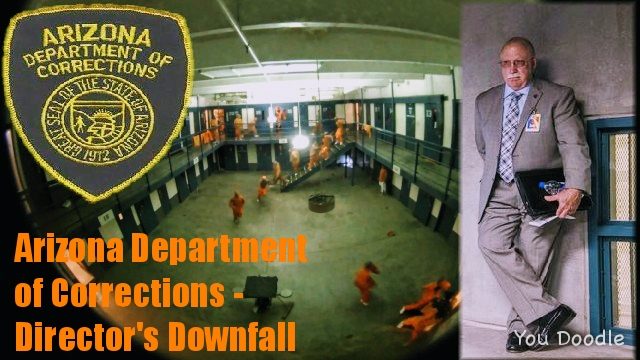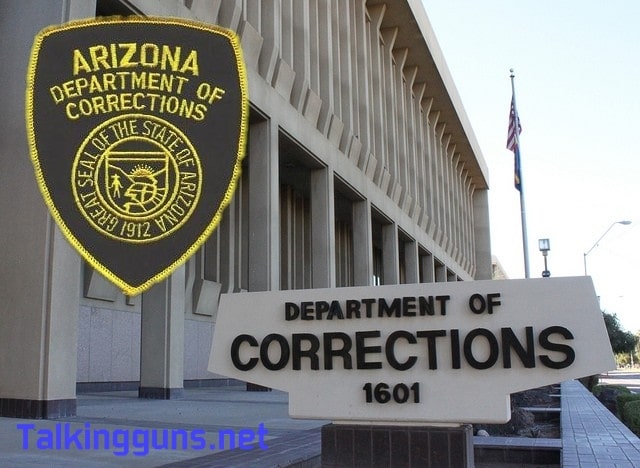
Arizona Department of Corrections : A Culture Of Secrecy
You probably remember the expression, “The grass is always greener on the other side of the fence.” Apparently it is for many Arizona Department of

You probably remember the expression, “The grass is always greener on the other side of the fence.” Apparently it is for many Arizona Department of

I just read Richard Mehner’s painfully long and dry FOP Department puff piece. His words are so damaging to his own union that a response

The employees of the Arizona Department of Corrections are emerging from the shadows. They are unafraid, and are coming forward to share their stories of

By Frank Drebin What has happened to the corrections system in Arizona? It seems to have shifted its focus from punishment to rehabilitation. Rehabilitation and

By Frank Drebin Has the Governor’s Office and the Arizona State Legislature turned their backs on the rank and file employees of the Arizona Department